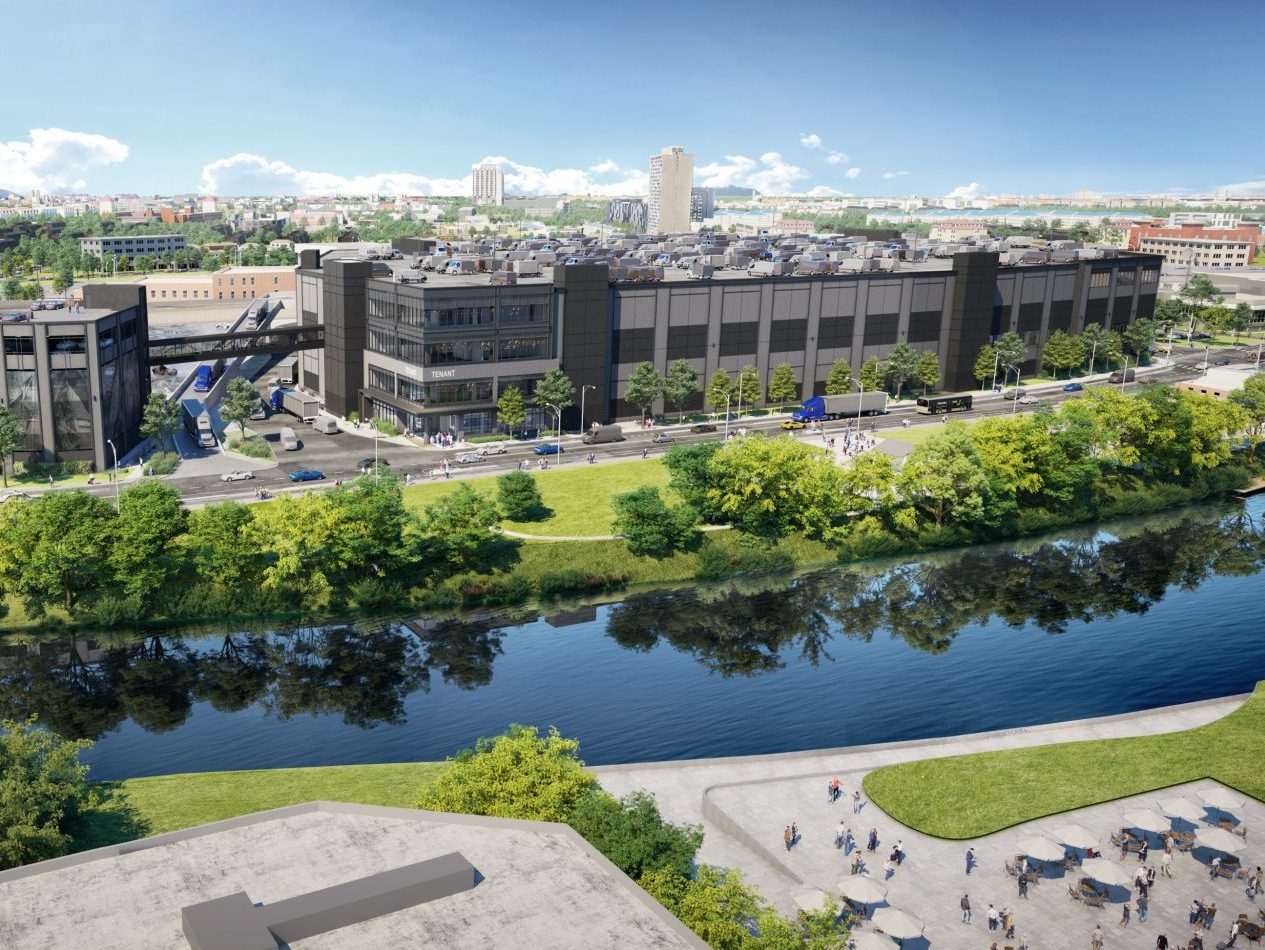Steady Performance, Long-Distance Runners
Despite crosswinds, current conditions—including positive trends in household and job formation—favor continued growth for the commercial and multifamily property sectors.
by Chris Nebenzahl
Most real estate investors, developers and operators will look back on 2018 as a year that exceeded expectations. Despite the longevity of the current cycle, and significant new development of multifamily, self storage and industrial product, fundamentals in those sectors remain strong, and demand for assets is robust. These largely positive trends face some crosswinds, as policy initiatives related to immigration and trade may exert a drag on the economy that, in turn, affects the real estate market. However, household and job formation—particularly in office-using employment—will bolster the commercial and multifamily sectors for at least the next several years.
While 2018 was surprisingly strong for most multifamily markets, the standout trend continues to be growth and demand in secondary southern and western locations. Orlando posted the fastest rent growth for much of the year, replaced by Las Vegas only in the fourth quarter. Phoenix also hovered around the top three for rent growth. Each of the three markets has been a major hub for migration from states characterized by cold weather, high costs or both, such as New York, Illinois, and California. Another factor: the 2017 tax reform package, which limits the benefits of homeownership—especially in high tax-states—and is helping drive both internal migration and a shift from owning to renting. Warm weather and a reputation for an appealing quality of life are perennial attractions for the South and West, as well.
Not only are living costs more affordable in these secondary markets, but the environment tends to be less expensive and more business-friendly. Job growth has been strongest in non-gateway markets where small tech hubs are forming and major financial companies are opening satellite offices. Apple, Facebook and Google are branching out from Silicon Valley, while J.P. Morgan, Charles Schwab and Alliance Bernstein are moving some operations out of New York City and San Francisco. Favored destinations are locations like Austin, Denver, Dallas, Nashville and Raleigh. Developers have taken note of the demand for housing in these markets, and as a result, annual deliveries of new product represent 4 to 5 percent of existing stock in some locations.
Development Hotbeds
Gateway markets, too, remain in high demand, as evidenced by Amazon’s decision to divide its second U.S. headquarters between Long Island City, N.Y., and Arlington, Va. A highly educated workforce and extensive infrastructure remain decisive factors in corporate site selection. New office inventory has been steadily absorbed throughout 2018, especially in central business districts of 18- and 24-hour cities. Manhattan’s Chelsea and Far West Side are hotbeds of development, and companies continue to take space in the new properties. The same is true of downtown Los Angeles, Boston’s Seaport District, and the Financial District of San Francisco. Secondary markets have generated notable demand for new office inventory. Prime examples include the Legacy West development in the Dallas suburb of Plano, Texas, and Seattle’s South Lake Union, where Amazon dominates the office market.
A final trend of note is the continued growth of coworking, especially in new, highly amenitized urban buildings. In a milestone for the shared-space movement, WeWork became Manhattan’s single largest office tenant in 2018 with 5.2 million square feet. The firm continues to raise its profile nationwide, particularly in trendy, emerging downtown markets. WeWork’s longevity and profitability is somewhat unproven, as it has yet to experience a full business and real estate cycle since its founding in 2010. However, given the importance of flexibility and technology in today’s economy, coworking will likely remain a force for disruption in the office market for years to come.
As domestic migration and job growth have prospered in secondary markets, so too has self storage development. While customer demand remains high, significant new supply has reduced rents in many metros, including Nashville, Tenn., Portland, Ore., Denver, and oversaturated markets in Texas and Charleston, S.C. Developers pulled back in response, and the volume of product in pre-construction decreased steadily during the second half of 2018.
Chris Nebenzahl is associate director of Research with Yardi Matrix.
Check out our Research Center for more.
Read the CPE-MHN Guide to 2019.









You must be logged in to post a comment.